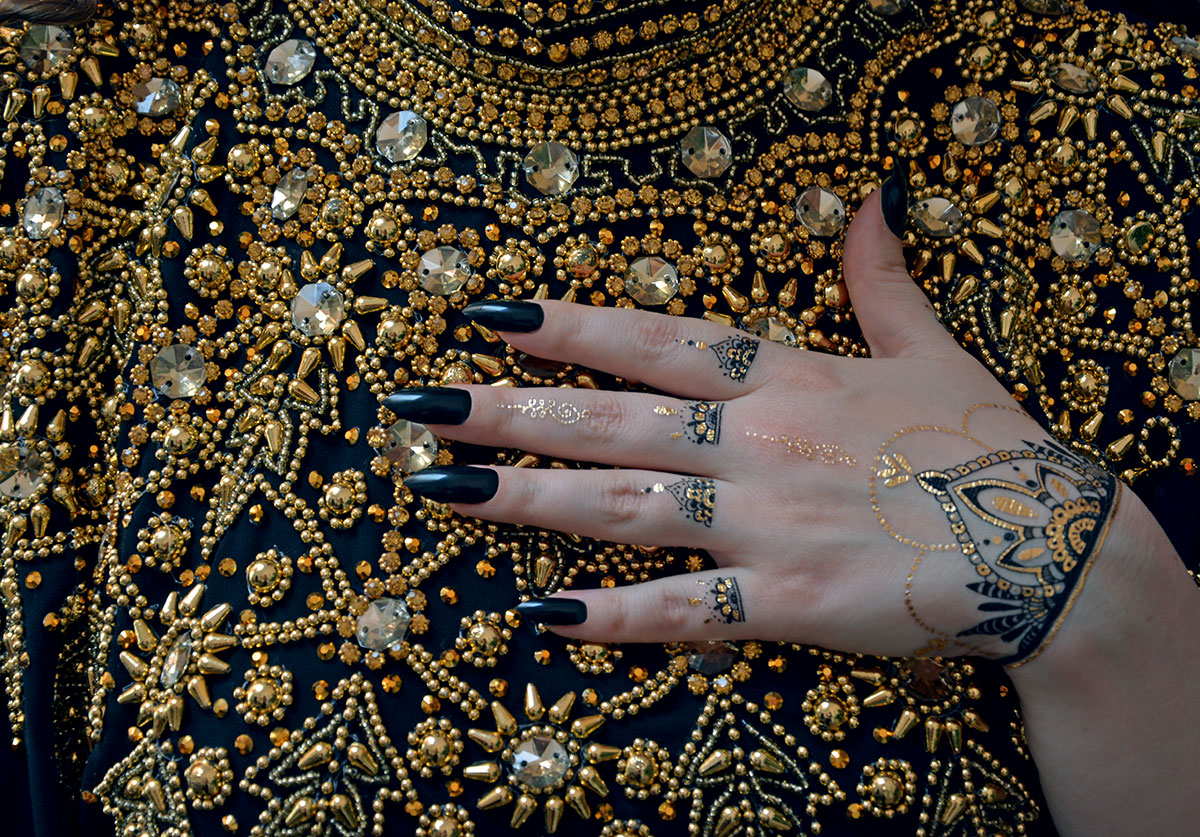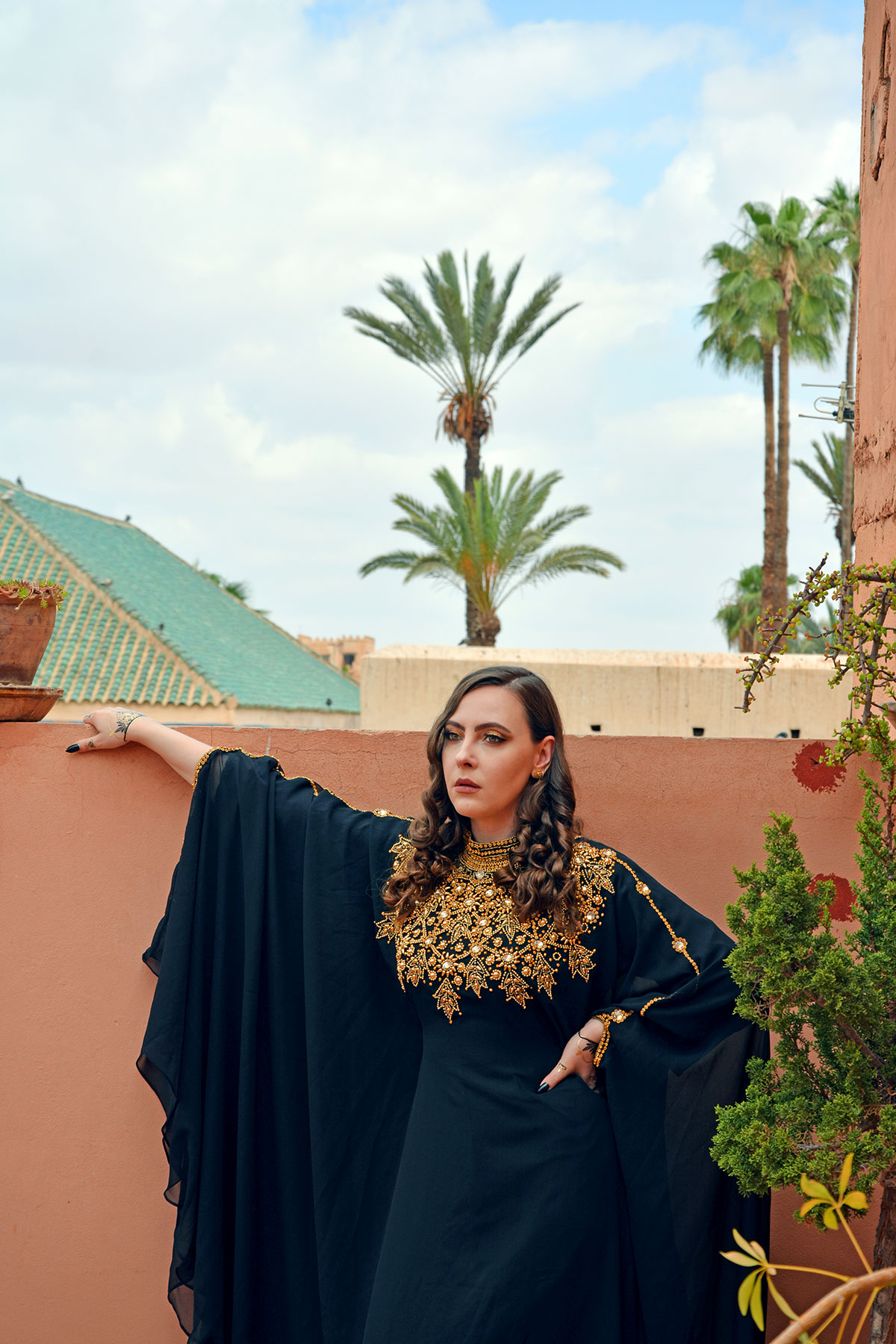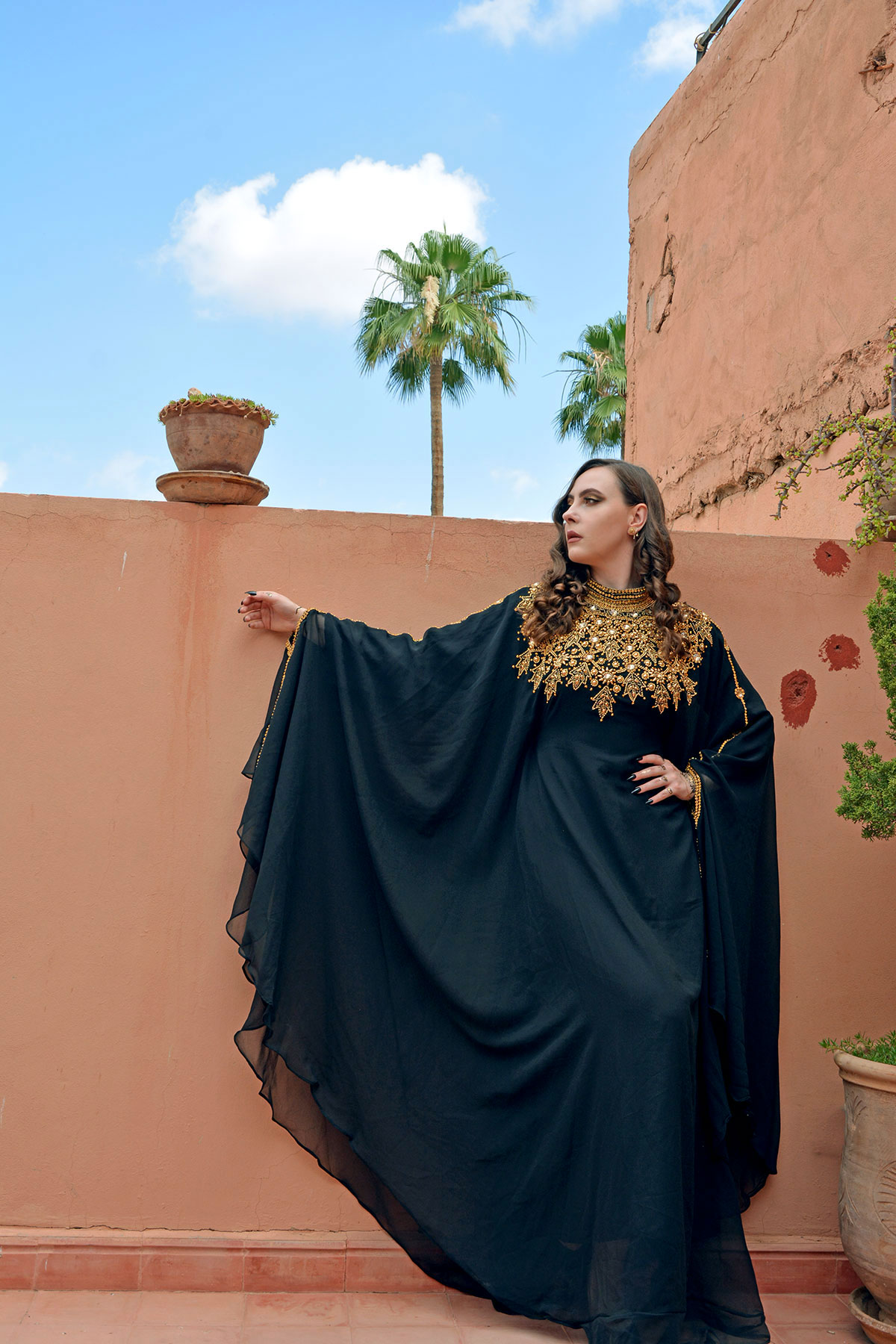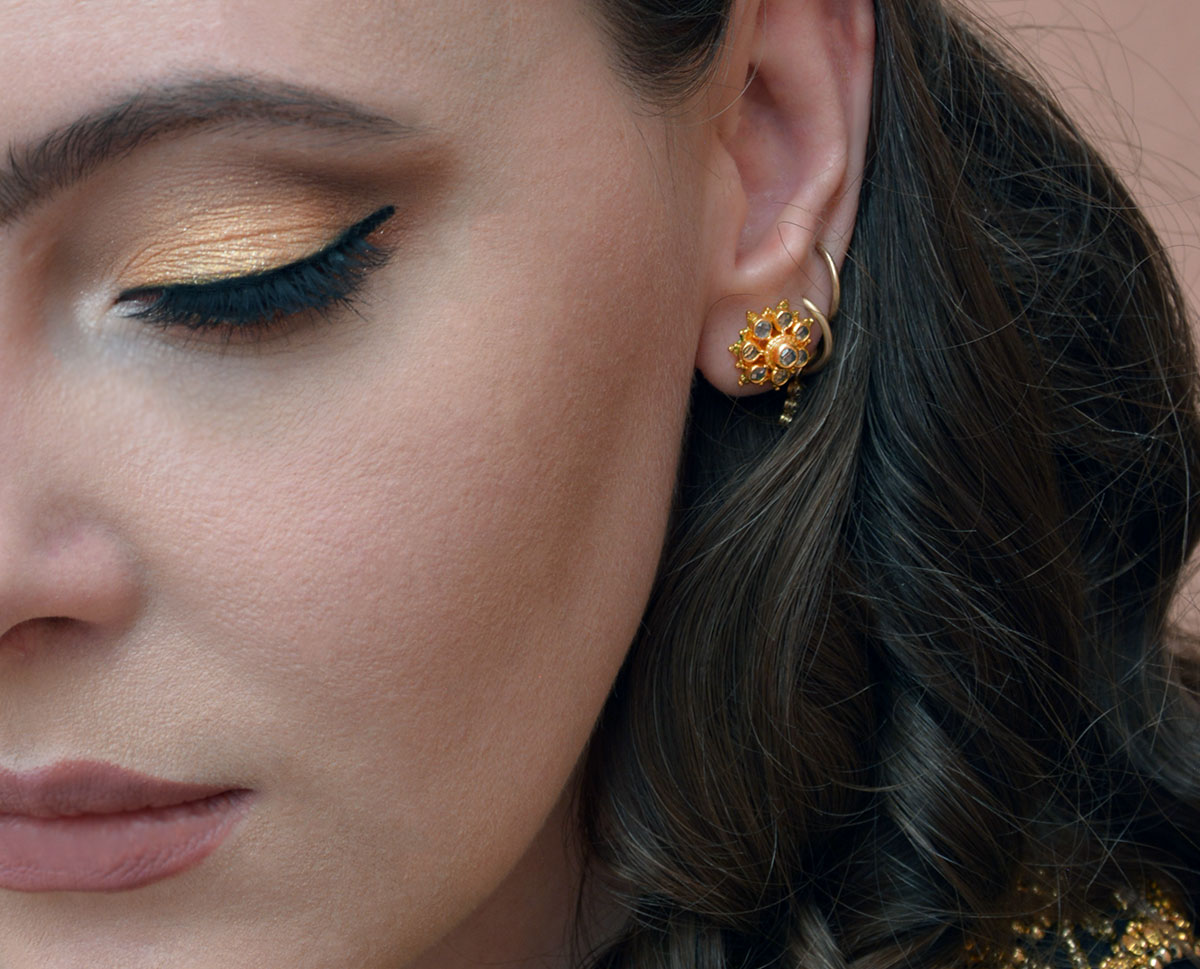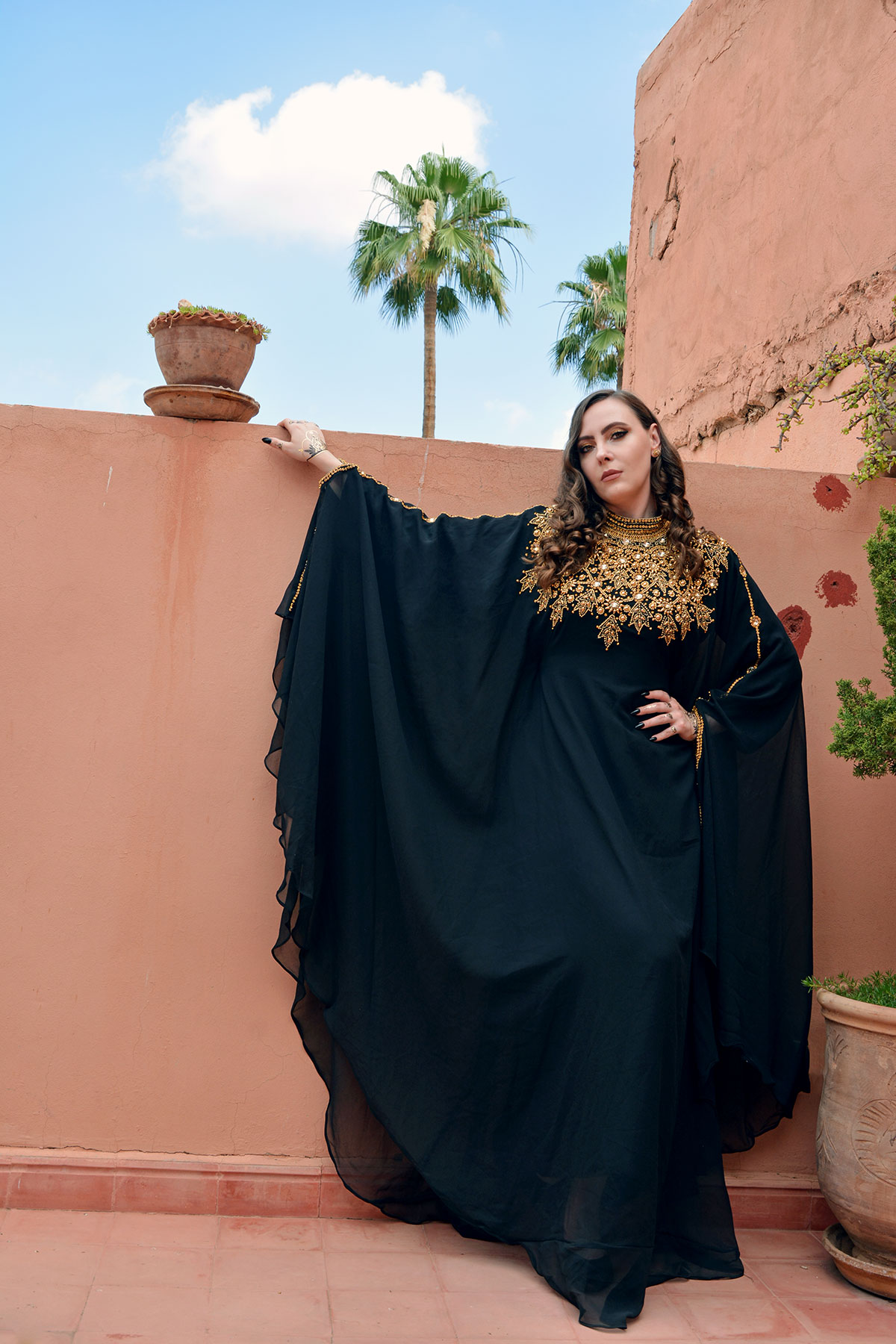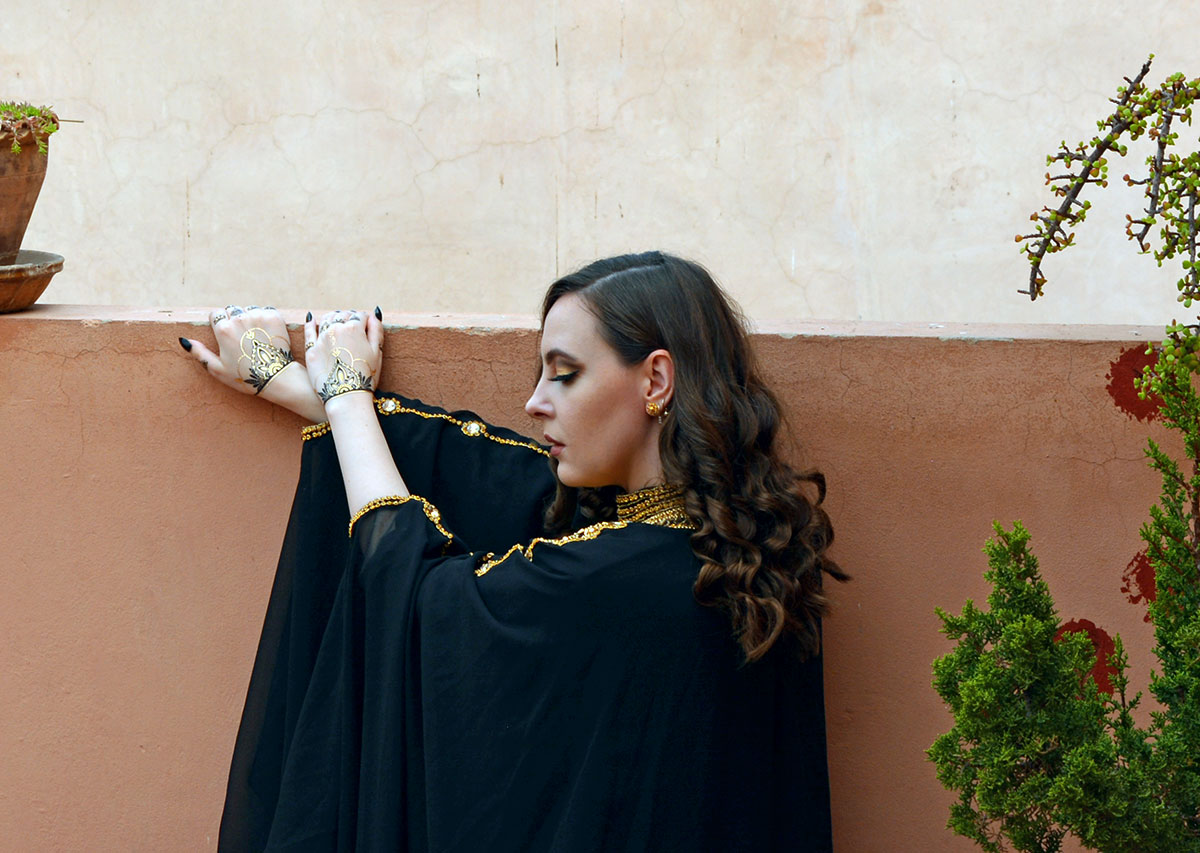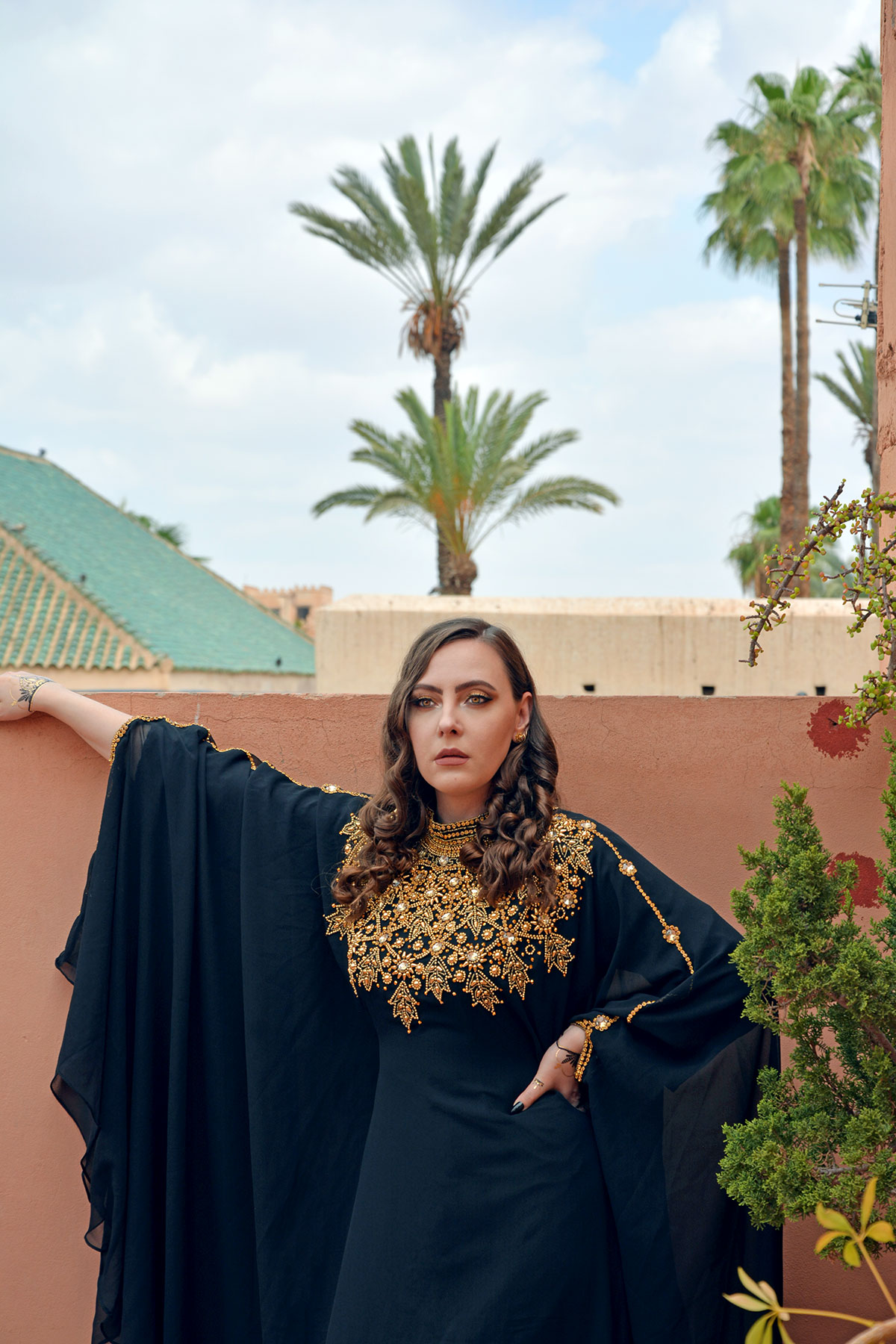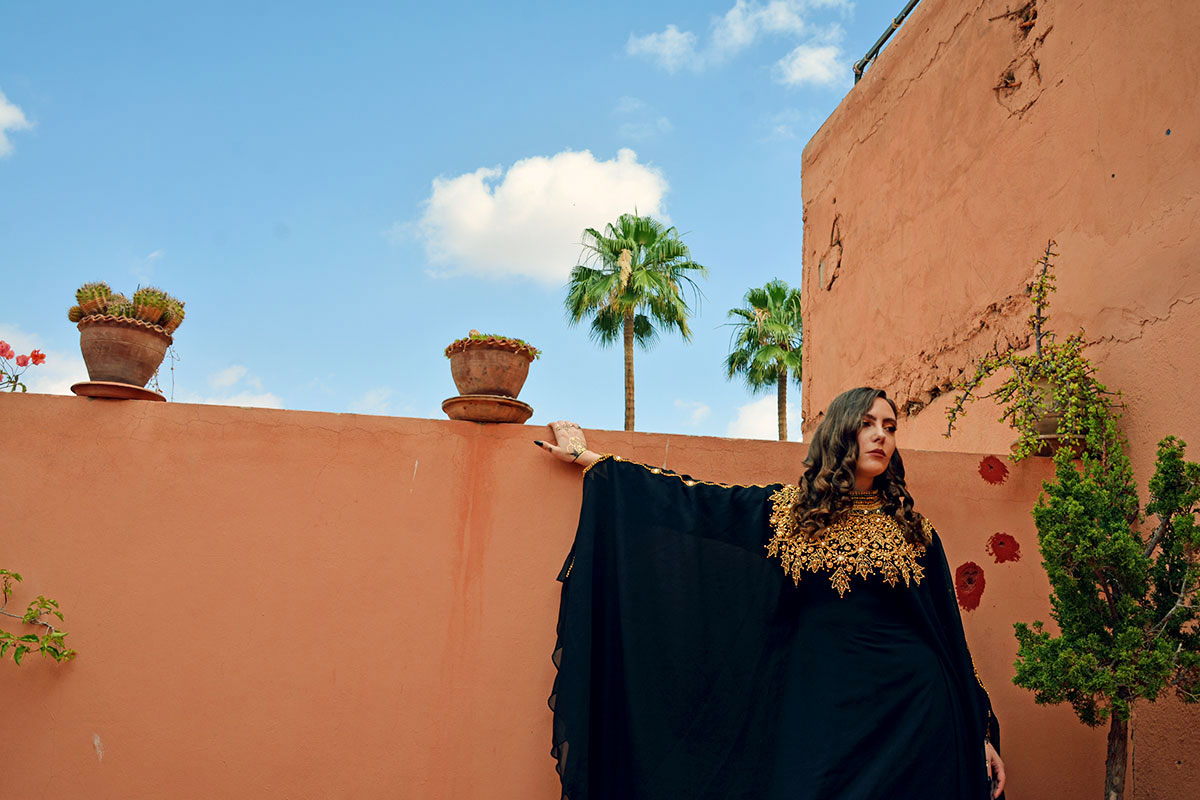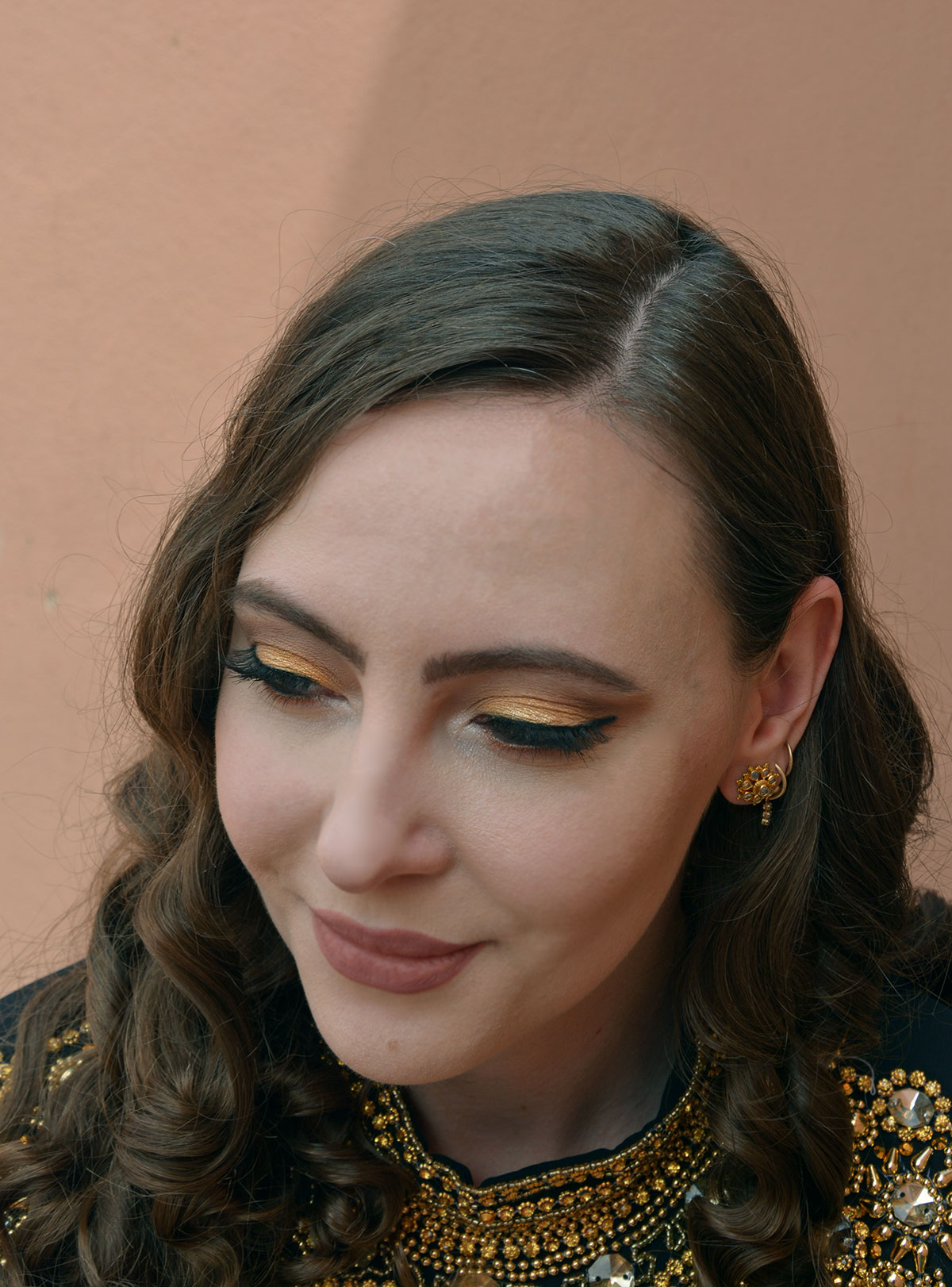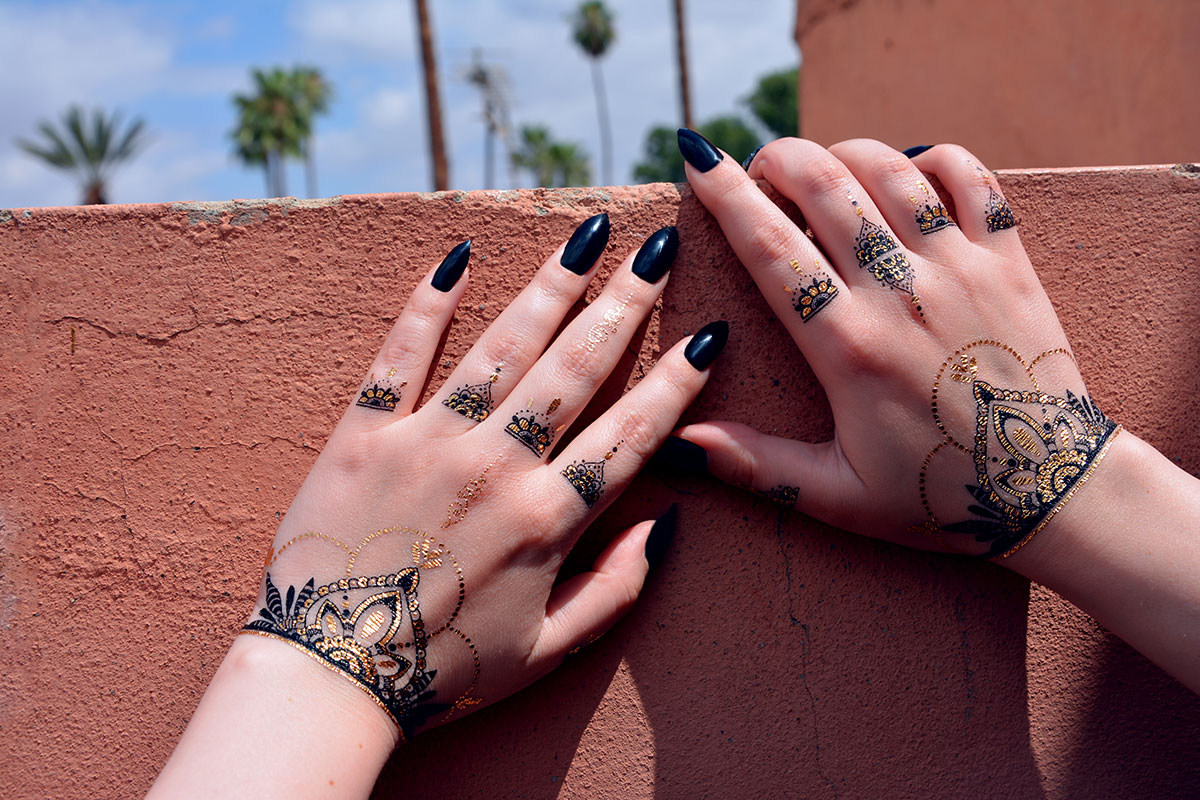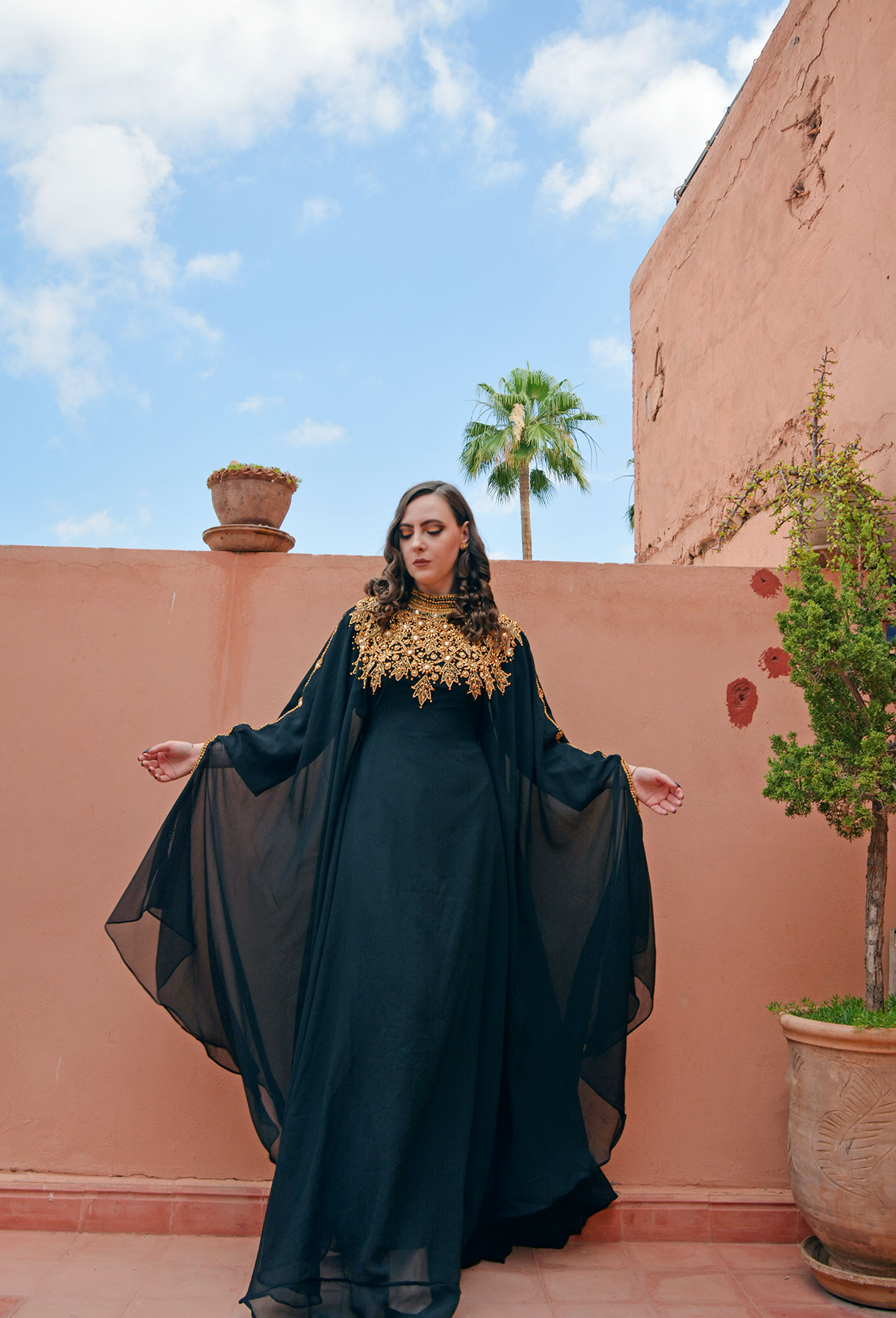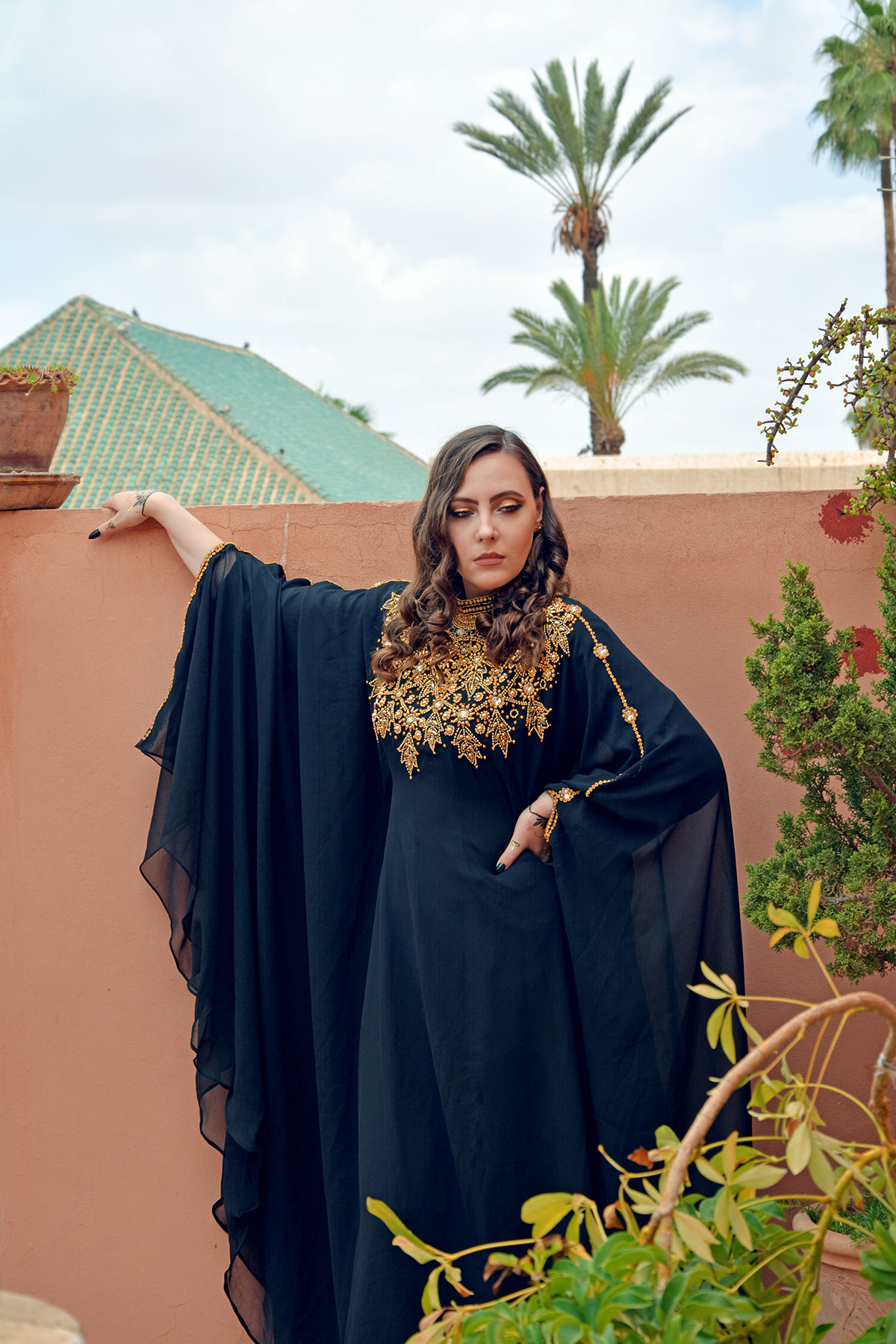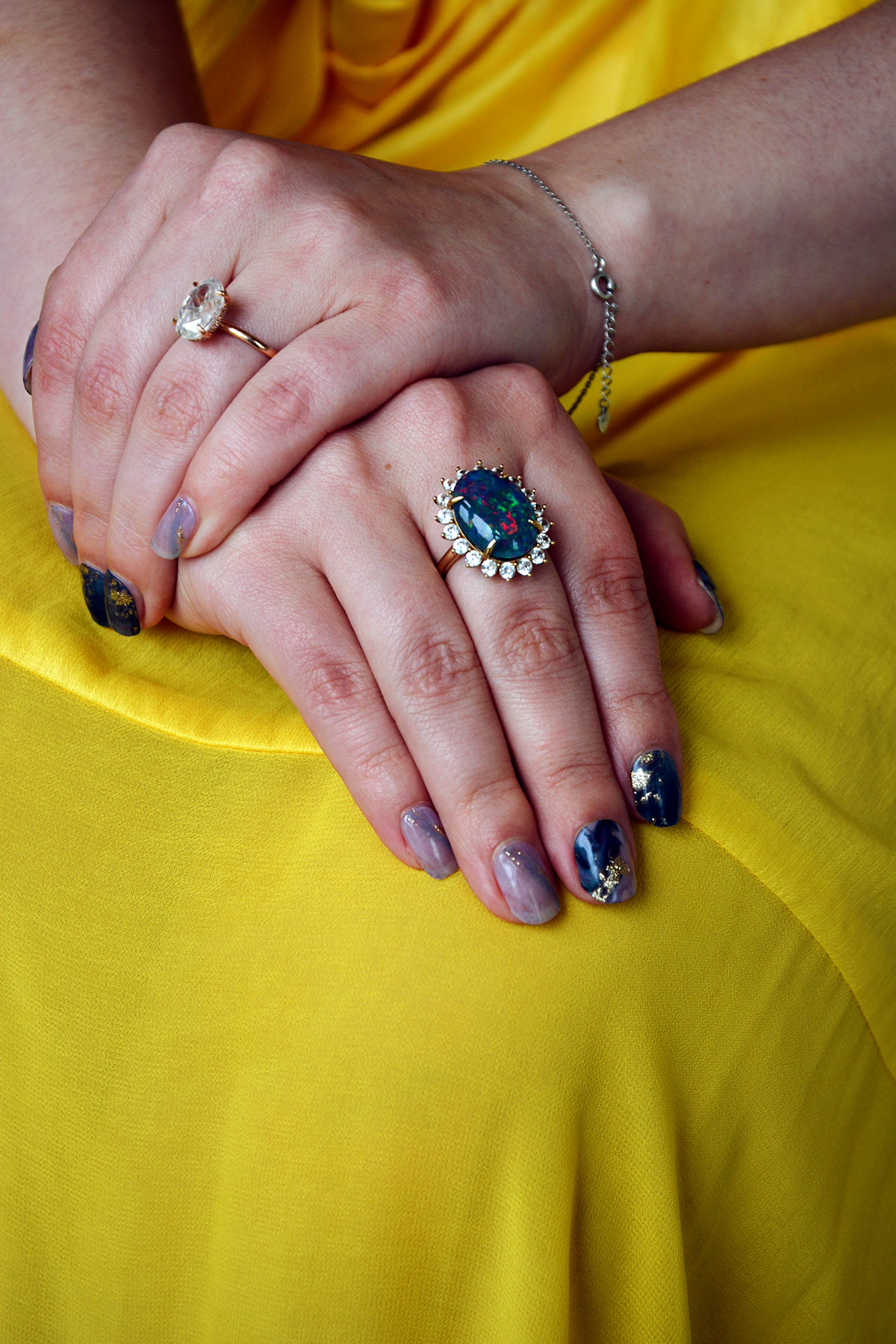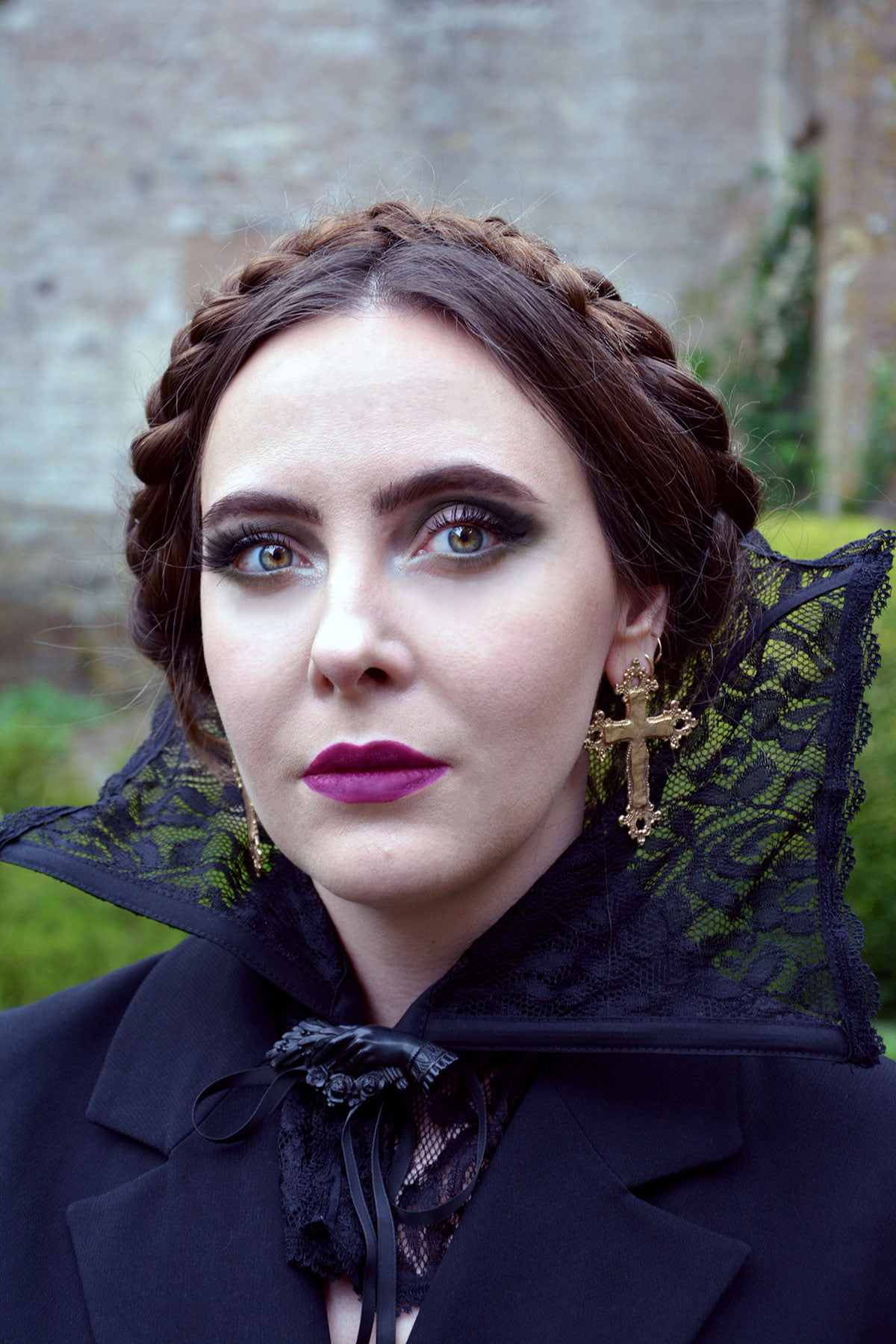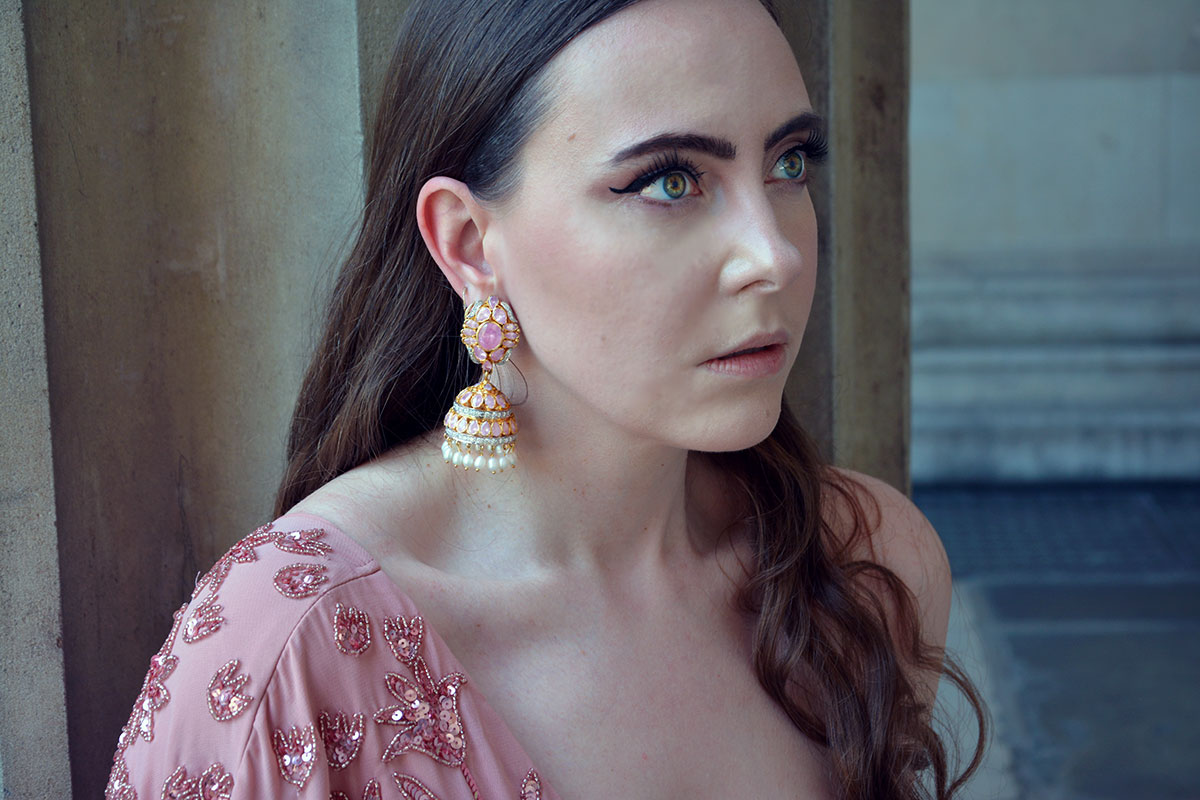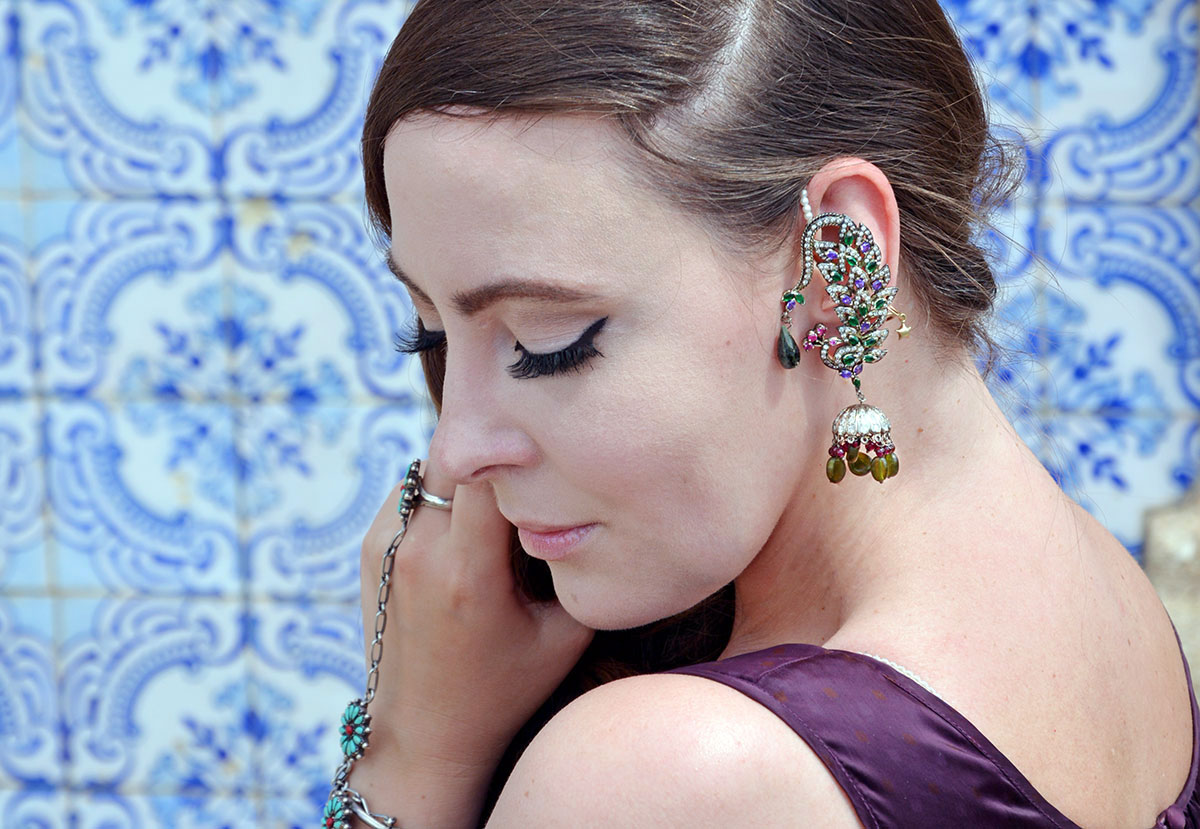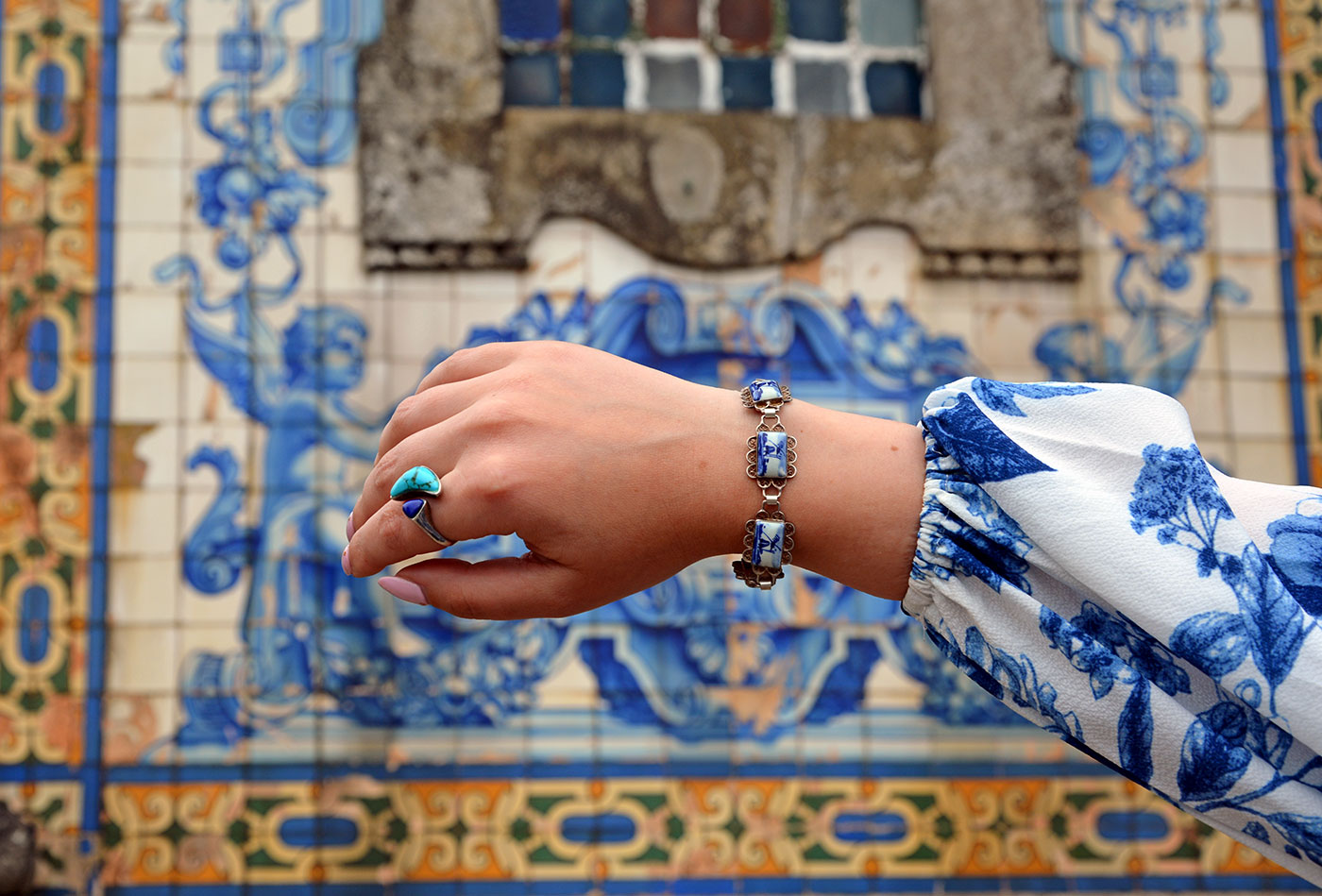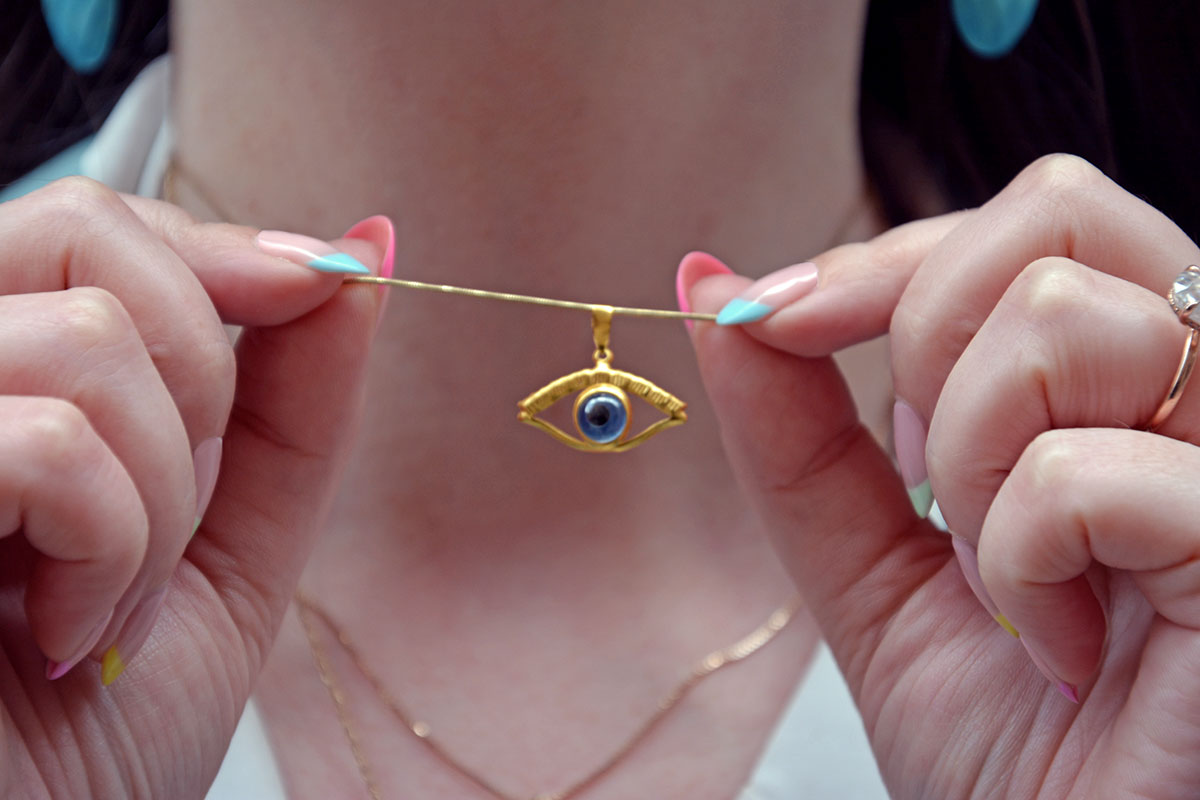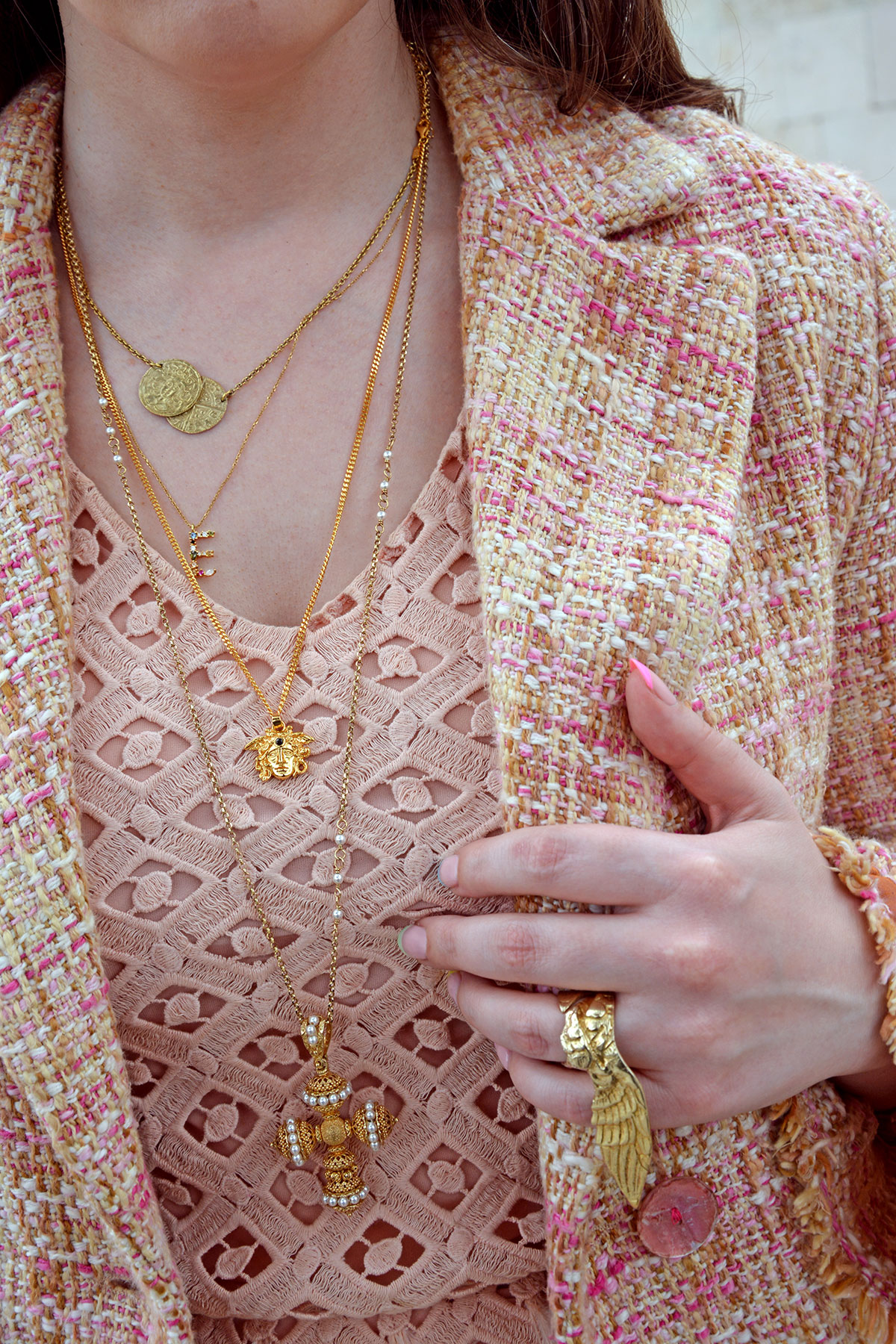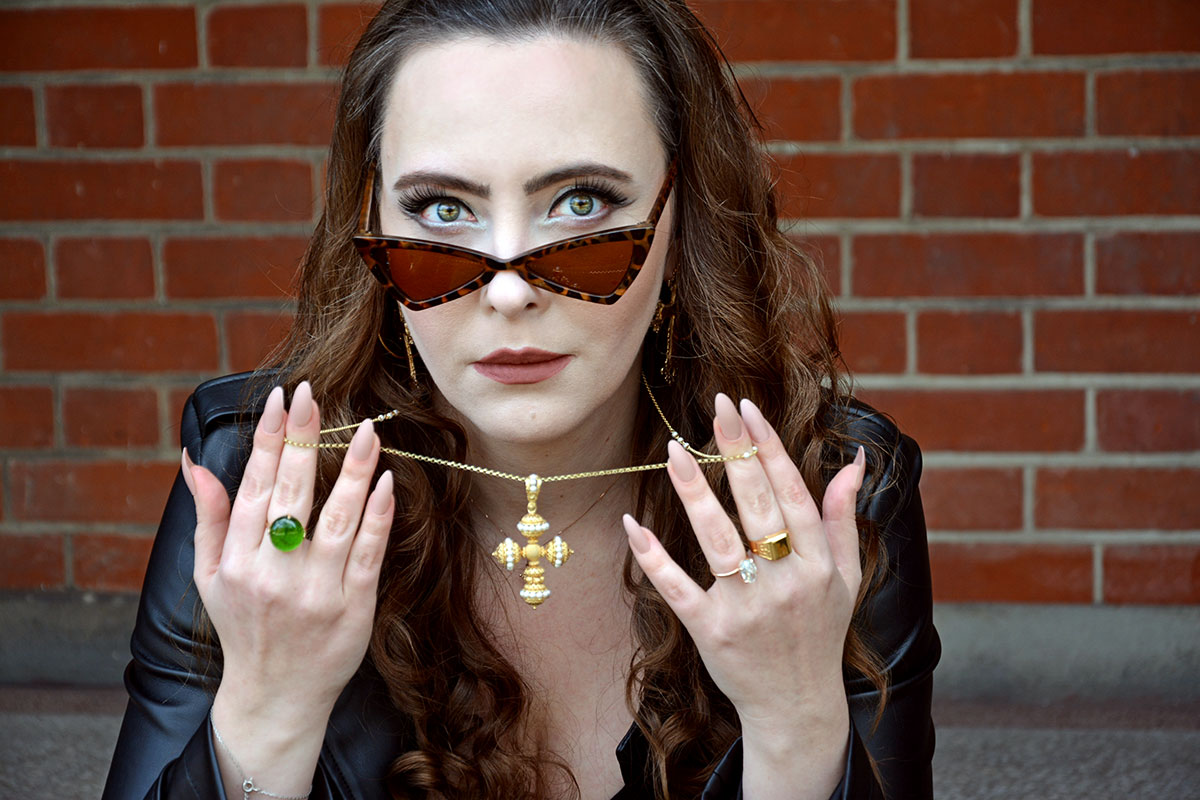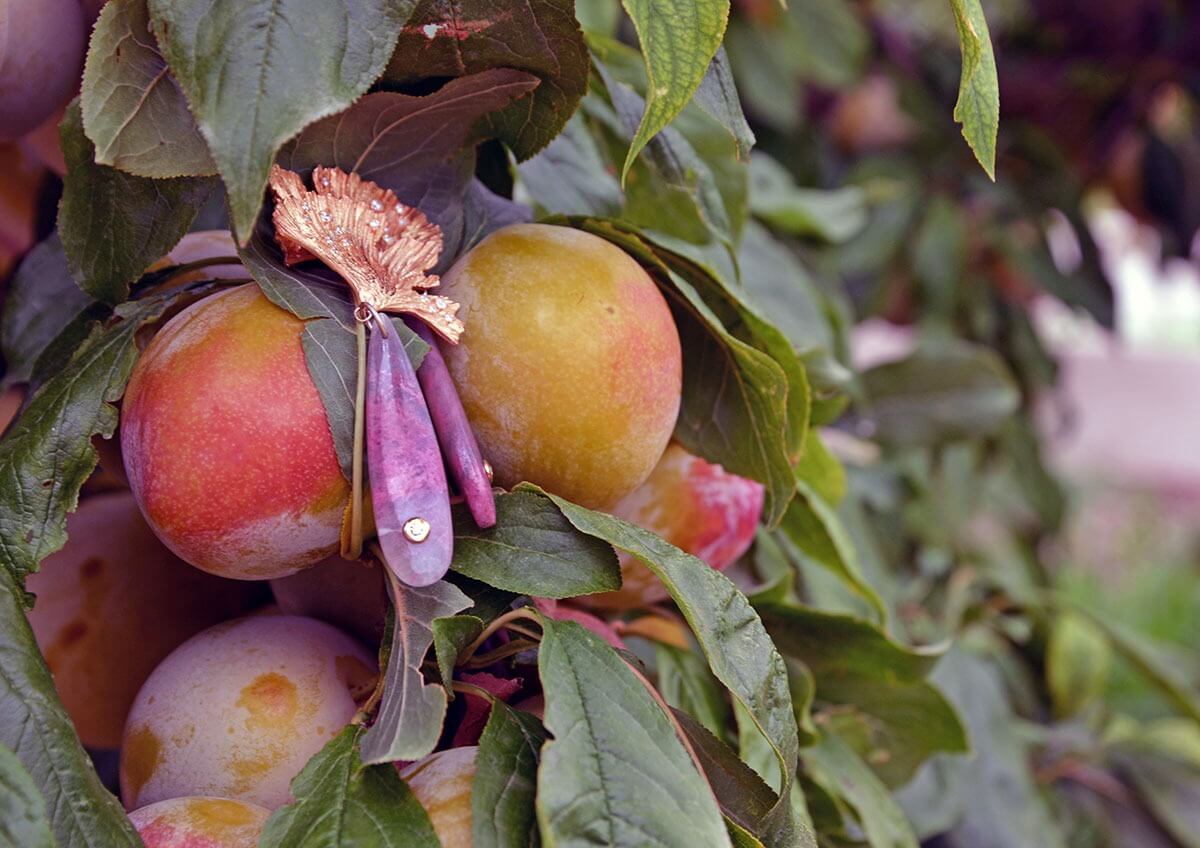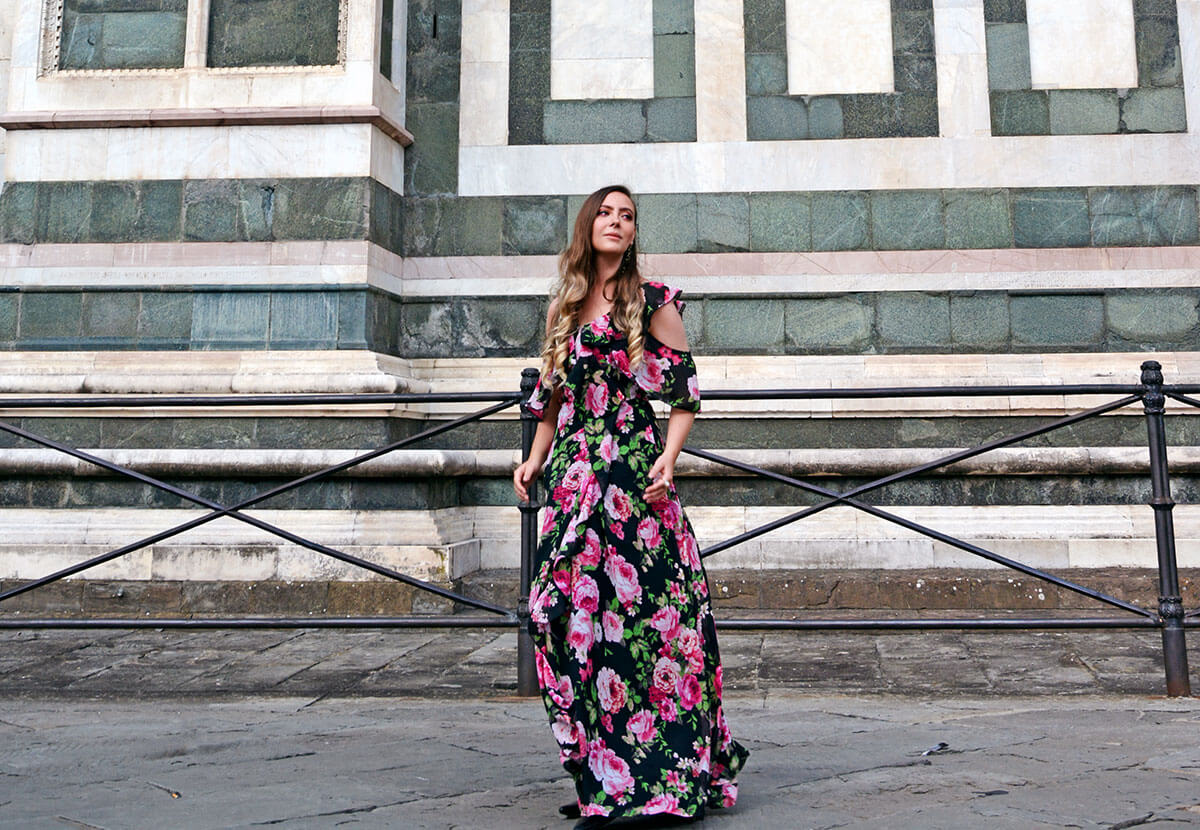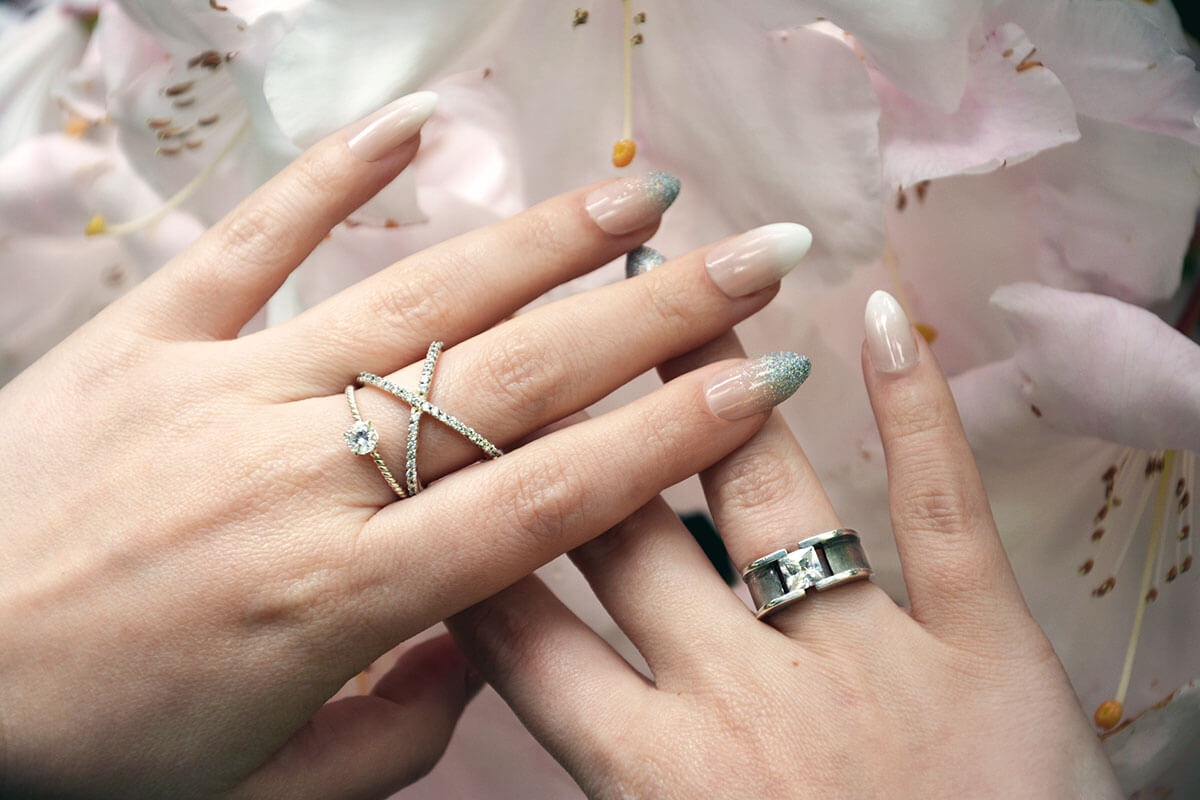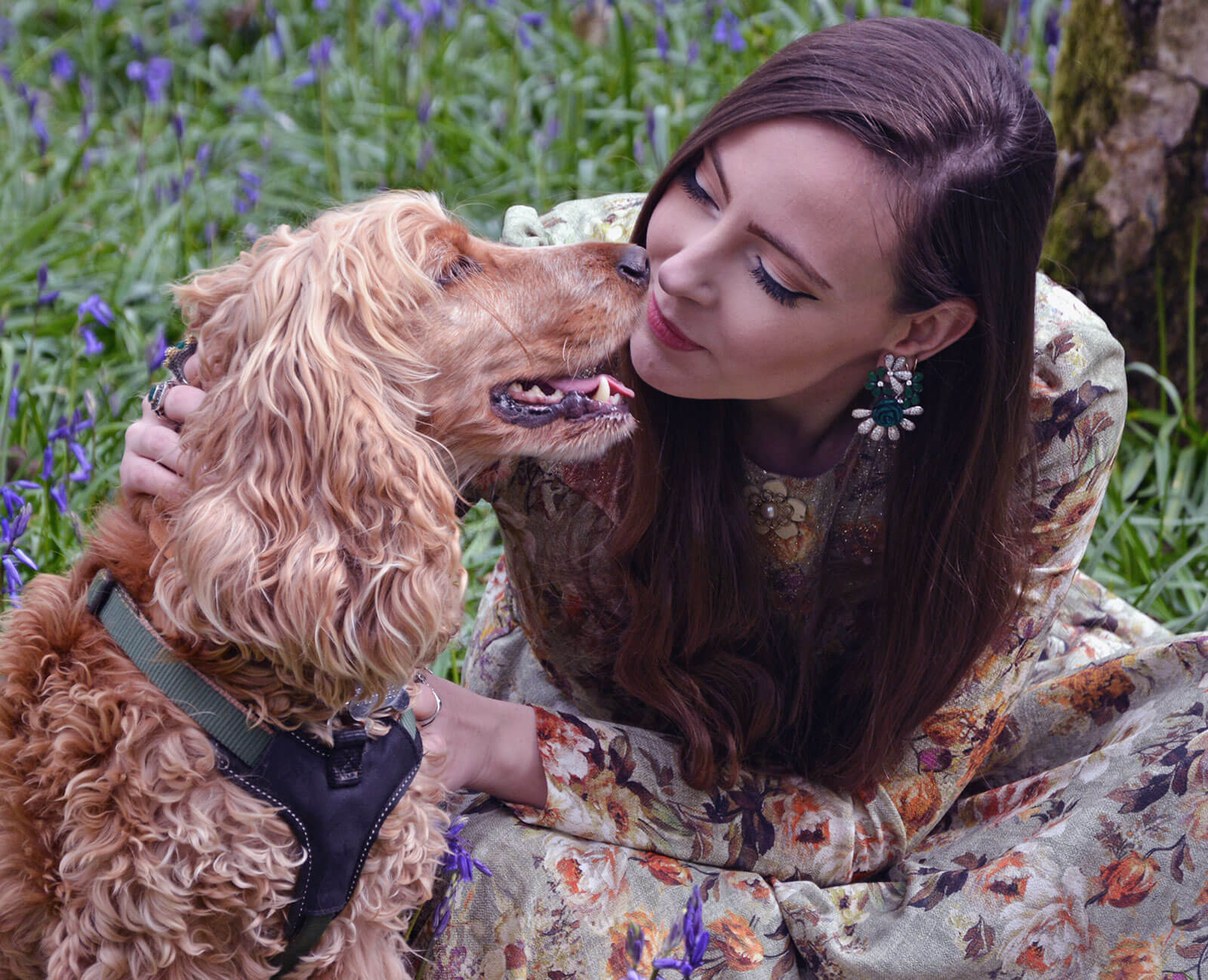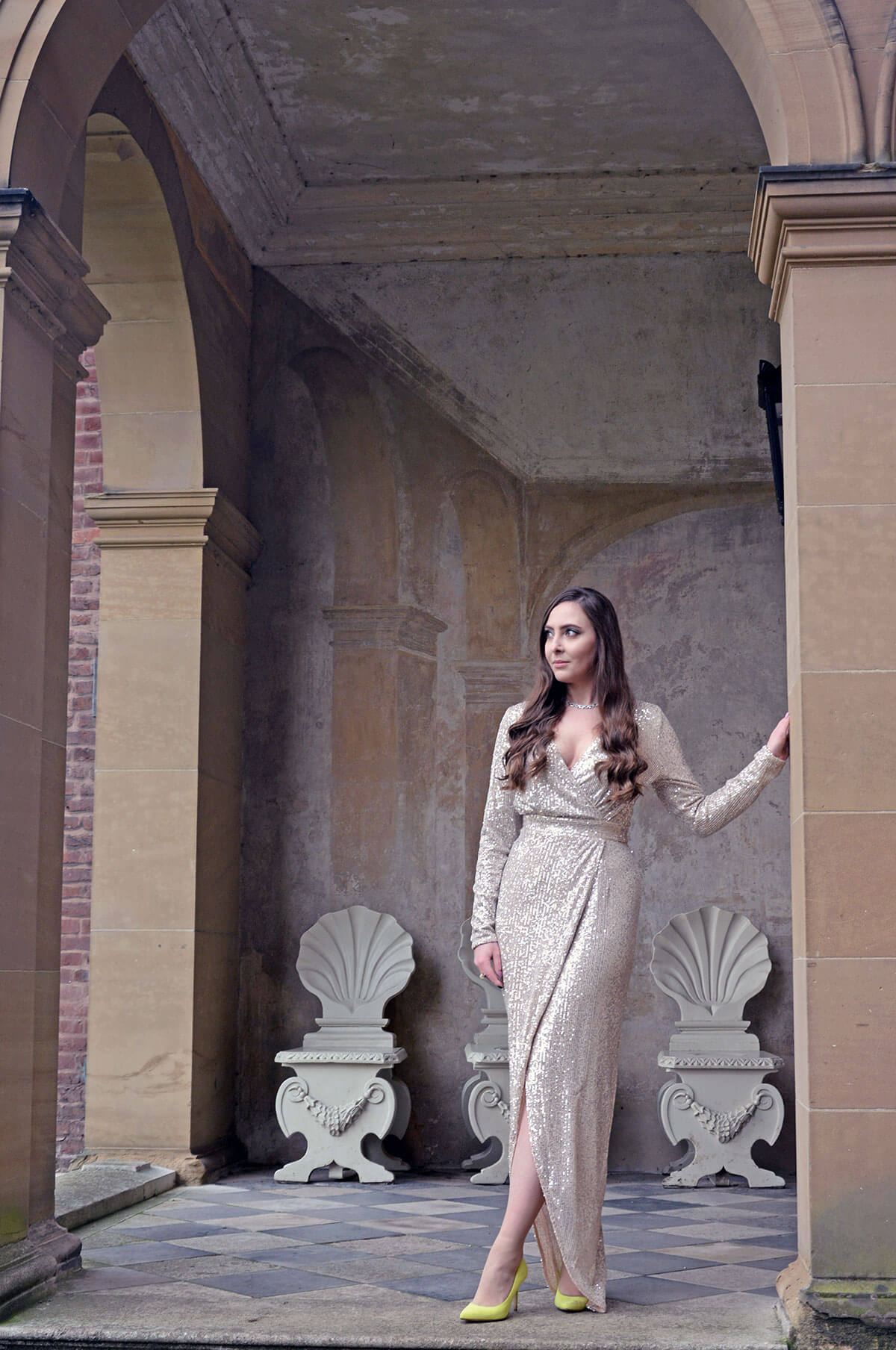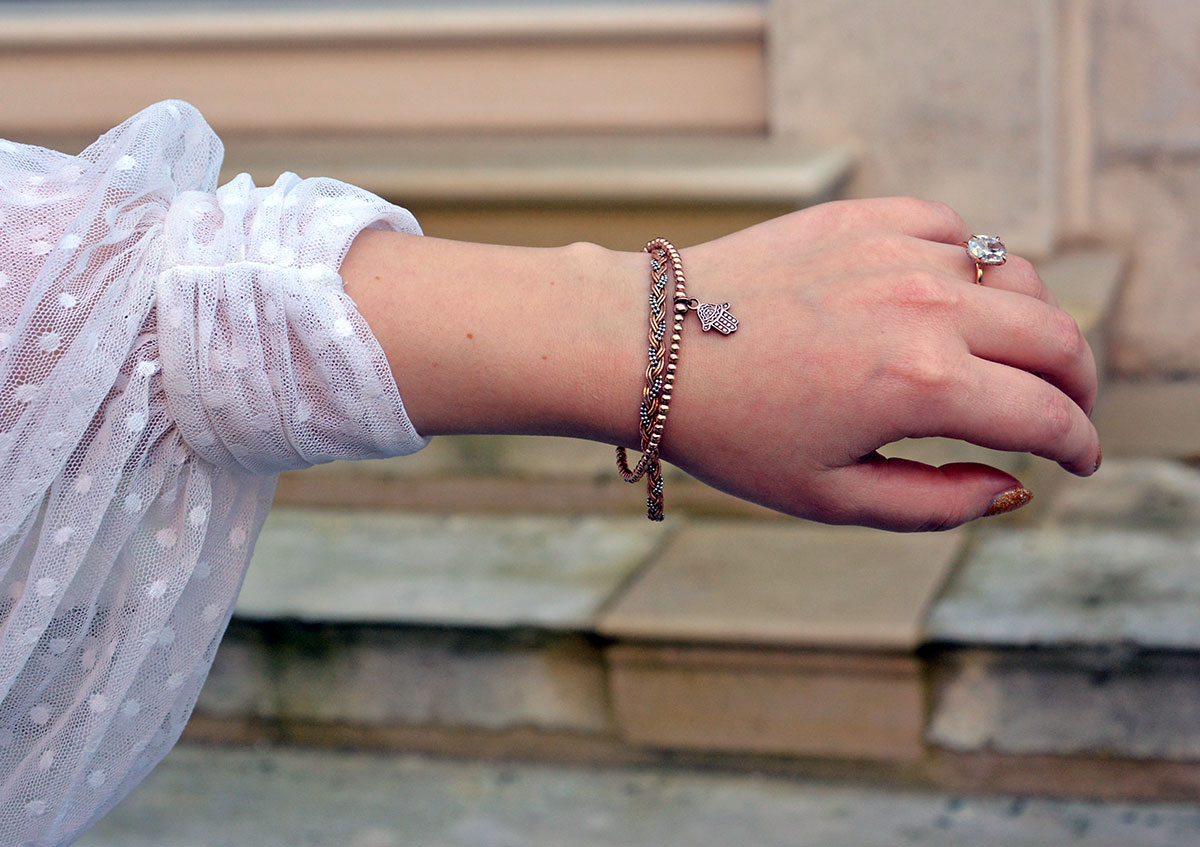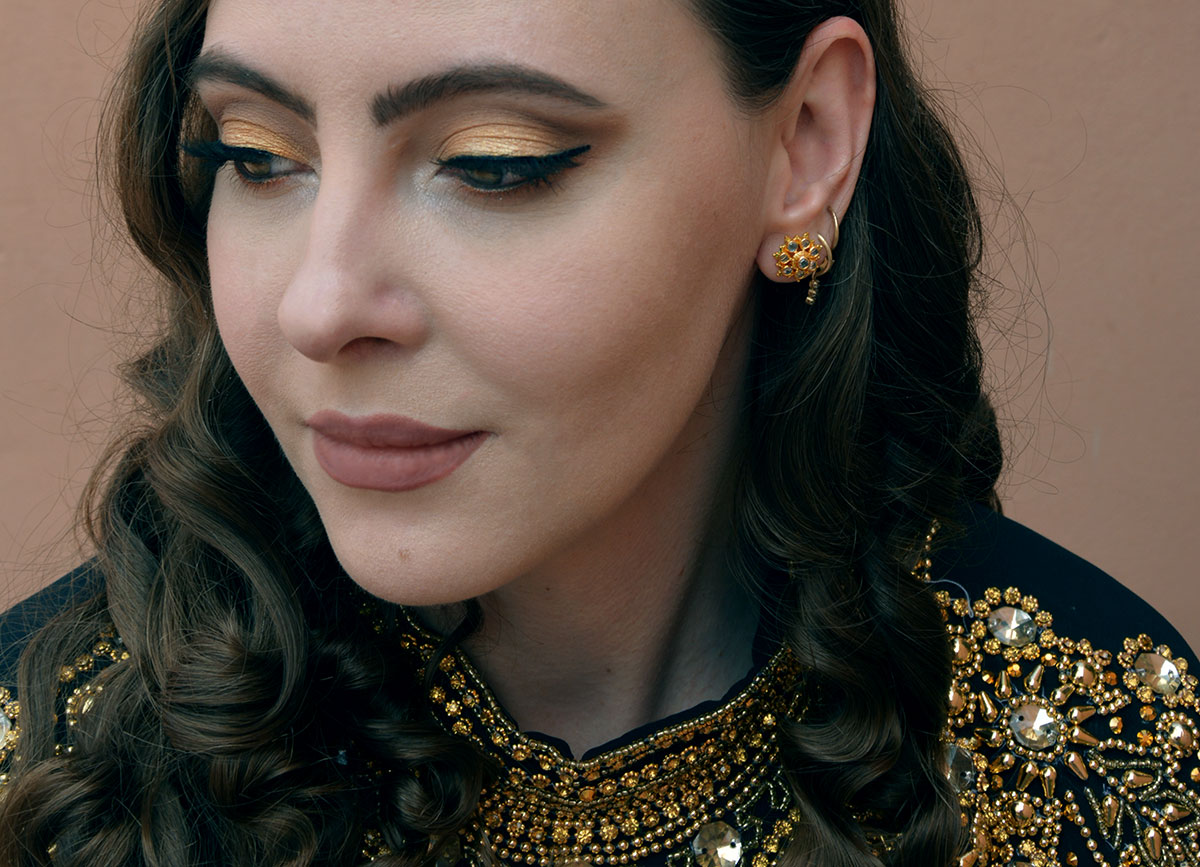
Have you ever met anyone in your life who would say no to gold? Of course not. Some will love it for its beauty, others for its value, rarity or even mystery. Gold is so attractive, faking it has created its own jewellery business division called costume jewellery. Some costume pieces fetch higher prices than gold creations themselves. Huh? How does that even make sense?
In this article, let’s discuss all there is to know about gold: What’s the history like, what to know when buying gold, and what to do if the piece you have always considered to be gold simply isn’t.
What is gold?
Gold is a metal, but first and foremost it is a chemical element. Its symbol is Au, from the latin word aurum, meaning gold. Its qualities are that it does not tarnish, it is dense, malleable, and it is known for its bright yellow-orange shiny colour. It is also one of the least reactive elements, and does not dissolve in most acids – though it does break down in a cocktail of nitric acid with hydrochloric acid. In fact, the nitric acid test was used to test for gold content in objects as it dissolved all other metals, including silver, leaving any gold content in the metal up for grabs.
Gold occurs naturally on its own in nuggets, rocks, grains and veins and also with silver creating a metal called electrum. It can be mixed with other metals like copper or palladium, creating mixed metals of lesser purity. We’ll talk about gold purity in a few moments – it’s an important thing to know when buying gold jewellery.
The history of gold jewellery
The oldest gold jewellery ever found dates back to 4400 BC. It was found at an ancient burial site in Bulgaria. But it’s not just one or two pieces that were discovered, think hundreds of gold creations, belonging to Thracians, who according to Greek and Roman literature, were mostly disunited tribes. Thracians later developed into Diacians and Gets.
While Thracians may have been feuding tribes, their goldsmithing displayed interesting and advanced techniques. The pieces that were found were not random gold blobs, but intricately designed jewellery and adornments that were status symbols. Considering that people were buried with the gold, the term ultimate flex seems truly fitting.
Meanwhile, Ancient Egyptians loved wearing gold jewellery as they had an abundance of it. Ancient Greeks and Romans also adored gold, with a special mention going to the Etruscan civilisation that made gold so unforgettable, the styles kept being revived.
While the first gold jewellery was found to be dating to 4400 BC, it’s not inconceivable that there are earlier pieces out there, waiting to be discovered. It’s also worth saying that since this moment, gold has never left our wardrobes or jewellery boxes. It’s above fashion and style. As constant as time, as desirable as eternal youth.
In medieval ages, gold was synonymous with status. This was both to do with royalty and the clergy. Generally speaking, burial jewellery or grave goods were discouraged unless this was a person of significance like a king or priest.
Ancient Romans exhausted gold deposits across Europe by the Middle Ages, but what they didn’t exhaust was the appetite for it. This is why the main sources of gold metal in medieval times was Ancient Roman coinage and objects as well as imports from West Africa and the Islamic world.
Going into the Tudor and Stuart times, there is a good indication of what jewellery would have been like in the late 1600s, thanks to the discovery of the Cheapside Hoard. This is a collection of jewellery from the XVII century that was buried for more than 300 years and discovered by workmen in 1912 in East London. This is of significance not only for the UK, but globally. That’s because the materials used in the pieces tell a story of trade routes, and an addiction to gold and precious stones of the elite under the Tudor and Stuart reigns.
As we march on through history towards the Victorian and Edwardian eras, it’s interesting to note that while the world has progressed and looked on to the future, in jewellery the past was the main character. Think of revivals of Ancient Egypt, Etruscan style, the cult of flowers and the medieval memento mori, all resurfaced again, unashamedly, still in gold.
Until the Art Deco era hit.
Gold found new rivalry with platinum as this metal lightened and accentuated diamond encrusted geometric designs, a look favoured by the era. However, the love affair with platinum only lasted until 1933 as gold stepped right back into the limelight for the simple reason that it was cheaper. Speaking of cheap, from the 60s onwards, many more materials were introduced as jewellery making options. Think plastic, iron, stainless steel, copper and brass. This has sharpened the divide between fine jewellery that is considered to be made of precious or semiprecious stones set in gold, platinum or silver, and all else. This all else, or the jewellery made of lesser metals and cheaper materials, is called costume or imitation jewellery.
After all of these centuries, nay millennia, gold still dominates the market. It is traditional, it has history and throughout it has proven to hold value. Many call it a safehaven commodity as when paper or digital currency fails, gold remains a safe option in a time of crisis. A thing of beauty, as well as an essential market for investors.
What to look out for when buying gold jewellery?
While design is a factor in the price of jewellery, the value of gold is dictated by the global market, per troy once. The value fluctuates, so a gram of gold dictates a slightly different price every day. This is why in a lot of jewellery shops you will see sellers whip out calculators to tell you the price of an item of interest based on the latest gold price and weight. But there’s a third variable. The value also depends on the karat of gold, with the highest karat being the most expensive, as this means the alloy has the most gold in its consistency. Gold pieces are usually stamped marking the purity of gold in an item, unless:
- They are handmade to your order, and you don’t want to pay extra to have the item verified and stamped by a regulatory authority;
- You are in a country without strict hallmarking or stamping requirements such as Thailand;
- You are looking for antique gold jewellery – some of it will be high or low karat gold, but may not have been stamped or has been altered throughout its existence, taking the stamp off at some point.
Here’s a handy guide to gold stamps and what they mean in terms of gold purity:
Stamp – Gold Content
8kt – 33.3% (333 out of 1000)
9kt – 37.5% (375 out of 1000)
10kt – 41.6% (416 out of 1000)
14kt- 58.3% (583 out of 1000)
18kt- 75% (750 out of 1000)
22kt – 91.6% (916 out of 1000)
24kt – 99.9% (999 out of 1000)
It’s also useful to know that different countries have their own regulations on what is a minimum requirement for the item to be considered gold. For example, the lowest gold quantity in a metal alloy to still be marketed as gold in Turkey and Germany is 33% or 8kt. That is not considered gold in the UK, where the lowest is 37.5% or 9kt. Neither of these are considered gold in the USA, where the lowest quantity is 41.6% or 10kt. Always double check the regulation of your country. Also, don’t shy away from asking the shop owner to perform an acid test on the gold in front of you to confirm the purity if you have any doubts at all.
Can I buy cheap gold?
There are opportunities where you are able to buy gold at a more affordable price, although luck will need to be a factor. These are:
- In charity shops or jewellery junk jars
- In a car boot sale or estate sale where the sellers are simply getting rid of items as quickly as they can or they have no idea they have gold in their inventory
- eBay listings with low starting bids and low competition to get the item
- When a shop keeper is keen to free up space to display their new inventory, so they’d be open to reductions
- Antique pieces that are priced individually rather than depend on the global price per gram
Gold filled, gold plated, rolled gold – does it mean this is gold?
The other vital thing to be aware of is terminology such as rolled gold, gold filled, vermeil or gold plated. I give a pretty in-depth explanation here on each term. The bottom line is remembering that if the name implies using a method to achieve a gold look, like gold plated, gold filled or rolled gold, the item is not gold. It is a base metal that is layered in gold in varying quantities. For example, gold filled items can have as much as 5% gold within its layers, while gold plated implies a quick dip or electroplating, resulting in almost no gold quantity of note in an item. If you come across the term vermeil, look out for the 925 stamp, as this is a term for silver plated in a thick and durable layer of gold.
Does fake gold have any value?
It can be a disappointment to find out a cherished item you have always thought to be gold simply isn’t. However, not all is lost. Vintage costume jewellery is a huge market with many resellers searching for costume jewellery over fine jewellery. If your costume piece carries a designer name such as Miriam Haskell, Hattie Carnegie, Coro, Eisenberg, Schiaparelli, Kenneth Jay Lane, Trifari, Joseff of Hollywood, and many more – including the usual suspects such as Chanel, Dior, Givenchy – it’s a good day already. This makes your item truly collectible, and thus adds value. If your piece does not have any name stamps but it is vintage, and showcases a specific era or movement in its style such as Art Deco or Art Nouveau or even brutalism, again that makes the piece desirable to collectors, and therefore valuable.
Costume jewellery has legions of fans despite the dominant metal often being brass, not gold. From a value perspective, this does not take away from its sparkle and potential profit if you are thinking of reselling your costume jewellery pieces.
Epilogue: Are we gold’s fools?
I found myself pondering about gold as I stood in Marrakech, the jewel of Morocco. My look was extremely gold encrusted with my traditional kaftan carrying scandalous layers of gold, and my hands covered in black and gold henna. And yet, the only actual gold I was wearing were these high karat studs that my good friend got for me for my birthday from Thailand. That juicy, saturated yellow, almost orange, shade of these small studs completely rivalled the opulence of the dress. I found it to be an interesting paradox.
I still haven’t found the reason why we as humans are so obsessed with gold. But on this hot day in the Red City, I allowed myself to just enjoy the feeling that gold has brought to me. It was not a feeling of me being too much. I felt completely myself, just everything else was not enough.
